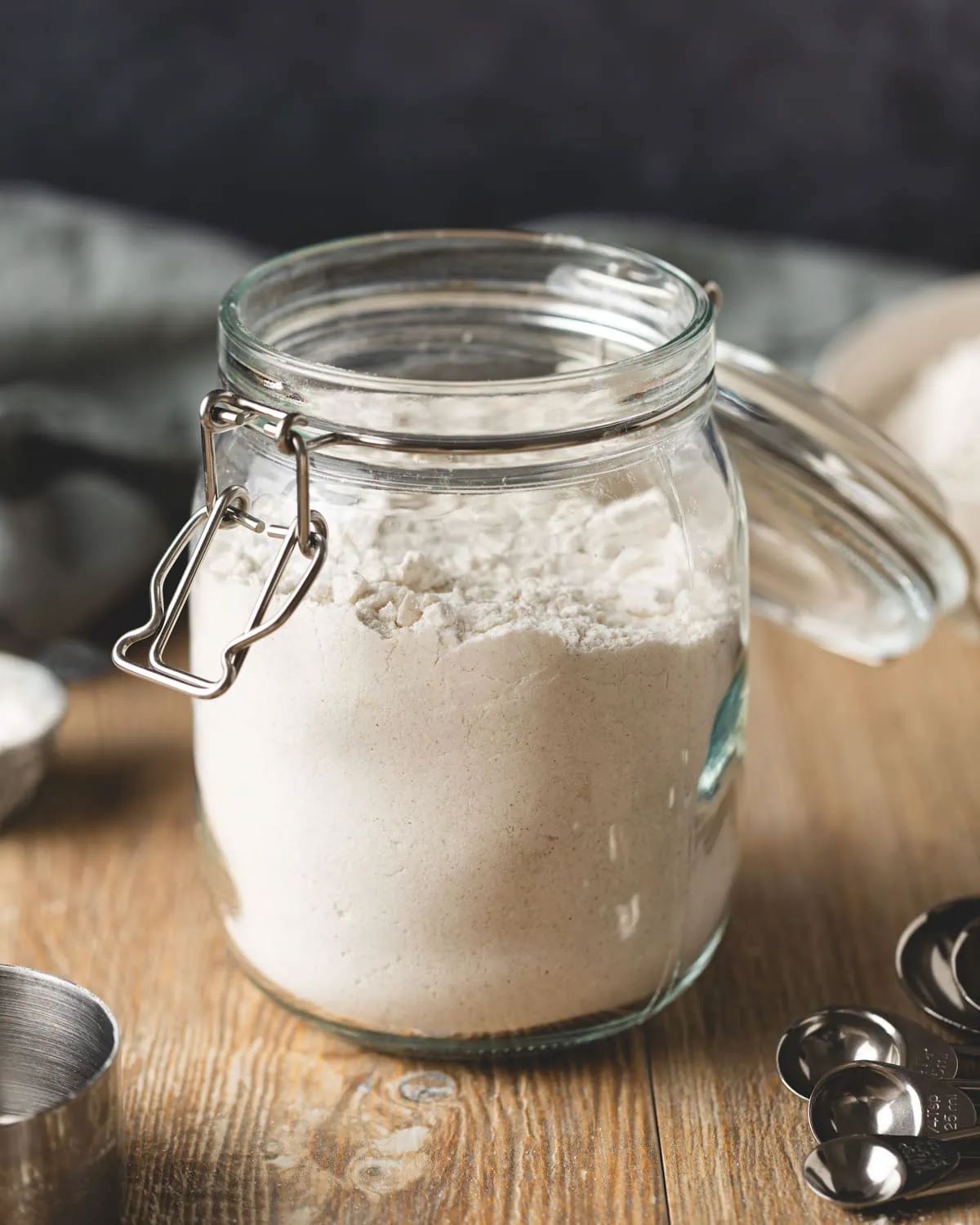

Articles
How To Store Gluten Free Flour
Modified: December 7, 2023
Learn how to store gluten free flour effectively with these articles. Discover tips and tricks to maintain its freshness and quality.
(Many of the links in this article redirect to a specific reviewed product. Your purchase of these products through affiliate links helps to generate commission for Storables.com, at no extra cost. Learn more)
Introduction
Welcome to the world of gluten-free baking! Whether you have celiac disease, gluten intolerance, or simply want to explore alternative flours, gluten-free baking has become increasingly popular in recent years. With a wide variety of flour options available, it’s important to understand how to properly store gluten-free flour to maintain its freshness, flavor, and texture.
Gluten-free flour is made from a combination of grains, seeds, and starches that do not contain gluten, such as rice flour, almond flour, tapioca starch, and sorghum flour. These flours provide a suitable alternative for those who are unable to consume gluten, the protein found in wheat, barley, and rye.
Proper storage is essential to maximize the shelf life of gluten-free flour and prevent it from becoming rancid or losing its quality. In this article, we will delve into the best practices for storing both store-bought and homemade gluten-free flour and highlight some common mistakes to avoid.
So, let’s roll up our sleeves and learn how to store gluten-free flour to ensure your baked goods turn out delicious every time!
Key Takeaways:
- Proper storage of gluten-free flour is essential to maintain freshness, flavor, and texture. Use airtight containers, avoid heat and sunlight, and check for spoilage signs to ensure optimal quality.
- Whether store-bought or homemade, follow storage guidelines to preserve gluten-free flour. Avoid common mistakes like ignoring expiration dates and improper thawing for exceptional baking results.
Read more: How To Store Homemade Gluten Free Bread
Understanding Gluten-Free Flour
Before we delve into the nuances of storing gluten-free flour, let’s take a moment to understand the different types of gluten-free flours available on the market.
Rice flour is a popular choice for gluten-free baking. It is mild in flavor, versatile, and can be used as a direct substitute for all-purpose flour in many recipes. Rice flour is available in both white and brown varieties, with the latter offering a slightly nuttier flavor.
Almond flour, made from finely ground blanched almonds, is another commonly used gluten-free flour. It adds a subtle nuttiness and moist texture to baked goods, making it particularly suitable for cookies, cakes, and pastries.
Tapioca starch, also known as tapioca flour, is extracted from the root of the cassava plant. It is often used as a thickening agent and works well in combination with other gluten-free flours to improve texture and moisture in baked goods.
Sorghum flour, made from ground sorghum grains, has a slightly sweet and earthy flavor. It is often used in combination with other gluten-free flours to enhance the nutritional profile of baked goods.
Other commonly used gluten-free flours include teff flour, millet flour, quinoa flour, and chickpea flour. Each flour has its own unique characteristics, flavors, and nutritional benefits, providing a wide range of options for gluten-free baking.
When it comes to choosing a specific gluten-free flour, you can experiment and find the ones that work best for your taste preferences and dietary needs. Some individuals prefer a blend of different flours to achieve the desired texture and flavor in their baked goods.
Now that we have a better understanding of the different types of gluten-free flours available, let’s move on to the crucial topic of proper storage to ensure their freshness and quality.
Tips for Proper Storage
Proper storage of gluten-free flour is essential to maintain its freshness and prevent it from spoiling. Here are some tips to help you store your gluten-free flour effectively:
- Keep it airtight: Gluten-free flour is sensitive to moisture and can easily absorb it from the environment, which can lead to clumping and spoilage. Store your flour in an airtight container or resealable bag to protect it from humidity and keep it fresh.
- Store in a cool, dry place: Heat can degrade the quality of gluten-free flour, so it’s important to store it in a cool and dry place. Avoid placing it near the stove or any other source of heat. A pantry cupboard or a cool shelf in your kitchen would be ideal.
- Avoid direct sunlight: Ultraviolet rays from sunlight can affect the quality and nutritional content of gluten-free flour. Keep it away from direct sunlight by storing it in a dark, opaque container or in a cupboard.
- Label and date: If you buy your gluten-free flour in bulk or store it in different containers, make sure to label each container with the type of flour and the date of purchase or expiration. This will help you keep track of the freshness and prevent any confusion.
- Freeze for long-term storage: If you want to extend the shelf life of your gluten-free flour, you can store it in the freezer. Place the flour in an airtight container or freezer bag and freeze it for up to six months. Just make sure to thaw it completely before using it in your recipes.
- Measure with precision: When measuring gluten-free flour for your recipes, use a kitchen scale or spoon and level method for accuracy. Gluten-free flours can have different densities and weights compared to traditional all-purpose flour, so precise measurements are crucial for baking success.
By following these storage tips, you can maintain the freshness and quality of your gluten-free flour, ensuring your baked goods turn out delicious every time.
Store-Bought Gluten-Free Flour Storage
Store-bought gluten-free flour typically comes in sealed bags or containers that are designed to preserve its freshness. However, once you open the package, it’s important to take proper measures to ensure the flour remains in optimal condition. Here are some guidelines for storing store-bought gluten-free flour:
- Transfer to an airtight container: After opening the package, transfer the gluten-free flour to an airtight container. This will help prevent moisture and air from getting in, which can cause the flour to become stale or spoil.
- Label the container: Don’t forget to label the container with the expiry date of the flour or the date it was opened. This will help you keep track of its freshness and avoid using it past its prime.
- Store in a cool, dry place: Find a cool and dry spot in your kitchen or pantry to store the container of gluten-free flour. Avoid areas that are exposed to direct sunlight or heat sources.
- Check for signs of spoilage: Periodically check the stored gluten-free flour for any signs of spoilage, such as a rancid odor or the presence of pests. If you notice any unusual changes, discard the flour immediately.
- Use within the recommended timeframe: Different brands of gluten-free flour may have varying shelf lives. Check the packaging for the manufacturer’s recommendations on the optimal storage time once opened, and try to use the flour within that timeframe for the best results.
Remember, proper storage will help maintain the quality and freshness of your store-bought gluten-free flour, ensuring that it remains suitable for all your baking needs.
Store gluten free flour in an airtight container in a cool, dark place to maintain its freshness. Consider labeling the container with the date of purchase to keep track of its shelf life.
Homemade Gluten-Free Flour Storage
If you prefer to make your own gluten-free flour blend at home, proper storage is just as important as with store-bought flour. Here are some guidelines to ensure your homemade gluten-free flour stays fresh and maintains its quality:
- Mix in small batches: When making your own gluten-free flour blend, it’s best to mix it in smaller batches to maintain freshness. This allows you to control the quantities and reduce the risk of spoilage.
- Store in an airtight container: Transfer the homemade gluten-free flour to a clean, airtight container once you’ve mixed it. Make sure the container is sealed tightly to prevent air and moisture from getting in.
- Date and label the container: Always label the container with the date the flour was mixed and the types of flours used. This will help you keep track of the freshness and understand the composition of your homemade blend.
- Store in a cool, dark place: Find a cool and dark spot in your kitchen or pantry to store the container of homemade gluten-free flour. Avoid areas that are exposed to sunlight or heat, as they can degrade the quality of the flour.
- Check for signs of spoilage: Regularly inspect the stored homemade gluten-free flour for any signs of spoilage, such as an off smell or the presence of pests. If you notice any abnormalities, discard the flour immediately.
- Use within a reasonable time frame: While homemade gluten-free flour blends can be stored for longer periods compared to store-bought flours, it’s still recommended to use them within a reasonable timeframe. Aim to use the flour within 2-3 months for optimal freshness.
By following these storage guidelines, you can ensure that your homemade gluten-free flour blend remains fresh and maintains its quality, giving you the best results in your gluten-free baking endeavors.
Common Mistakes to Avoid
When it comes to storing gluten-free flour, there are a few common mistakes that people often make. By avoiding these pitfalls, you can ensure that your flour stays fresh and maintains its quality. Here are some mistakes to watch out for:
- Not using airtight containers: One of the most common mistakes is failing to store gluten-free flour in airtight containers. Without proper sealing, the flour can be exposed to air, moisture, and contaminants, which can lead to spoilage.
- Storing in warm or humid areas: Heat and humidity can cause gluten-free flour to spoil more quickly. Avoid storing the flour near the stove, dishwasher, or any other source of heat. Additionally, keep it away from areas prone to high humidity, such as the bathroom or a damp basement.
- Not checking for spoilage signs: It’s important to periodically check your stored gluten-free flour for any signs of spoilage. Look for any off odors, discoloration, or the presence of pests. If you notice anything unusual, discard the flour to prevent any contamination.
- Ignoring expiration dates: Just like any other food product, gluten-free flour has an expiration date. It’s important to pay attention to this date and use the flour before it goes bad. Using expired flour can result in poor baking results and potential health risks.
- Freezing without proper packaging: Freezing gluten-free flour can extend its shelf life, but it’s crucial to use appropriate packaging. Make sure to use airtight containers or freezer bags to protect the flour from freezer burn and moisture.
- Not thawing flour properly: If you freeze gluten-free flour for long-term storage, it’s important to thaw it properly before using it in your recipes. Allow it to thaw completely at room temperature to avoid any clumping or moisture issues.
By being mindful of these common mistakes and implementing the proper storage techniques, you can preserve the freshness and quality of your gluten-free flour, ensuring that your baked goods turn out exceptional every time.
Conclusion
Proper storage of gluten-free flour is crucial for maintaining its freshness, flavor, and texture. Whether you’re using store-bought gluten-free flour or making your own blend at home, following the right storage techniques can ensure that your flour stays in optimal condition.
Remember to store your flour in an airtight container, protect it from heat and sunlight, and check for any signs of spoilage. Labeling the container with the date of purchase or expiration can help you keep track of its freshness. Using precise measurements and thawing frozen flour properly are also important factors to consider.
By avoiding common mistakes and adhering to proper storage practices, you can enjoy the best results in your gluten-free baking endeavors. The right storage techniques will contribute to better-tasting, more nutritious, and longer-lasting gluten-free baked goods.
So, whether you’re a seasoned gluten-free baker or just starting out on your gluten-free journey, take the time to store your gluten-free flour properly and enjoy the delicious creations that await you!
Frequently Asked Questions about How To Store Gluten Free Flour
Was this page helpful?
At Storables.com, we guarantee accurate and reliable information. Our content, validated by Expert Board Contributors, is crafted following stringent Editorial Policies. We're committed to providing you with well-researched, expert-backed insights for all your informational needs.
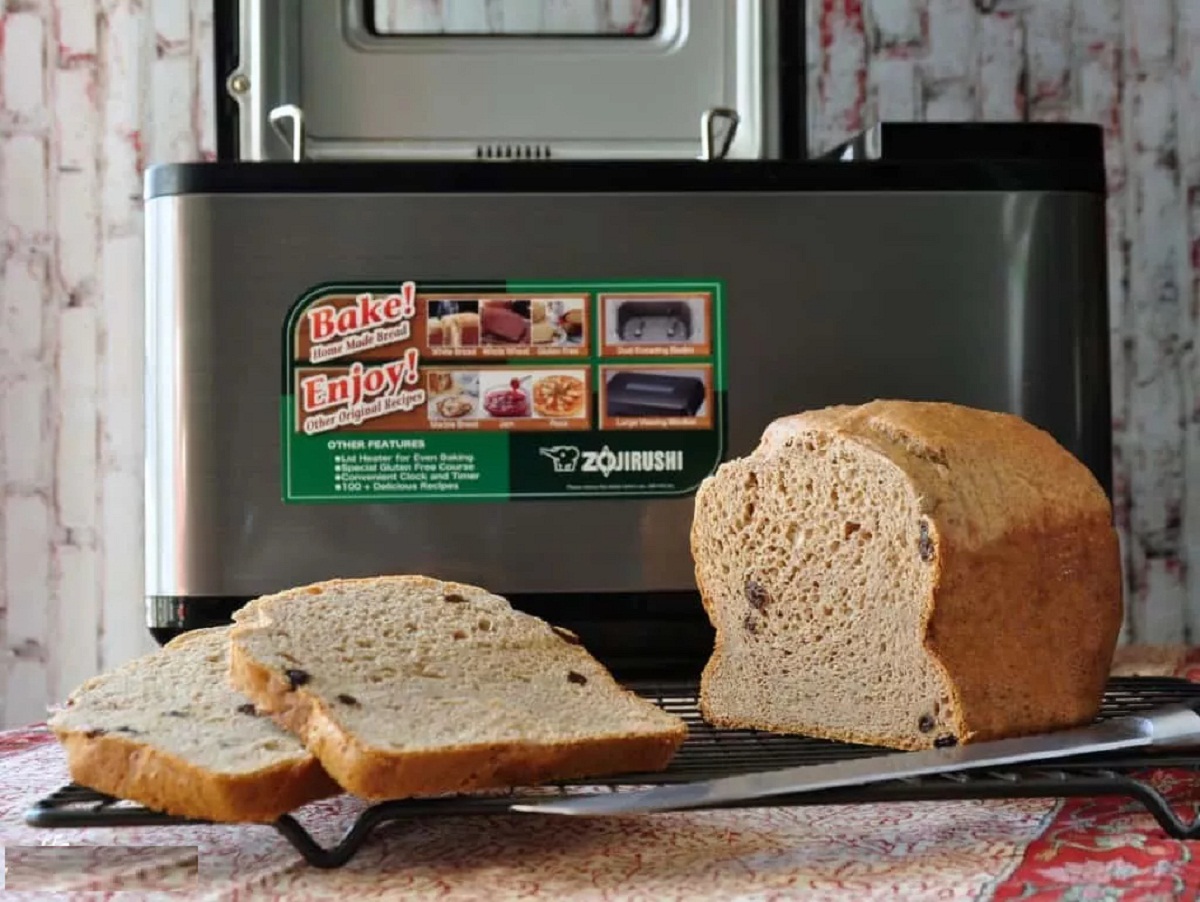
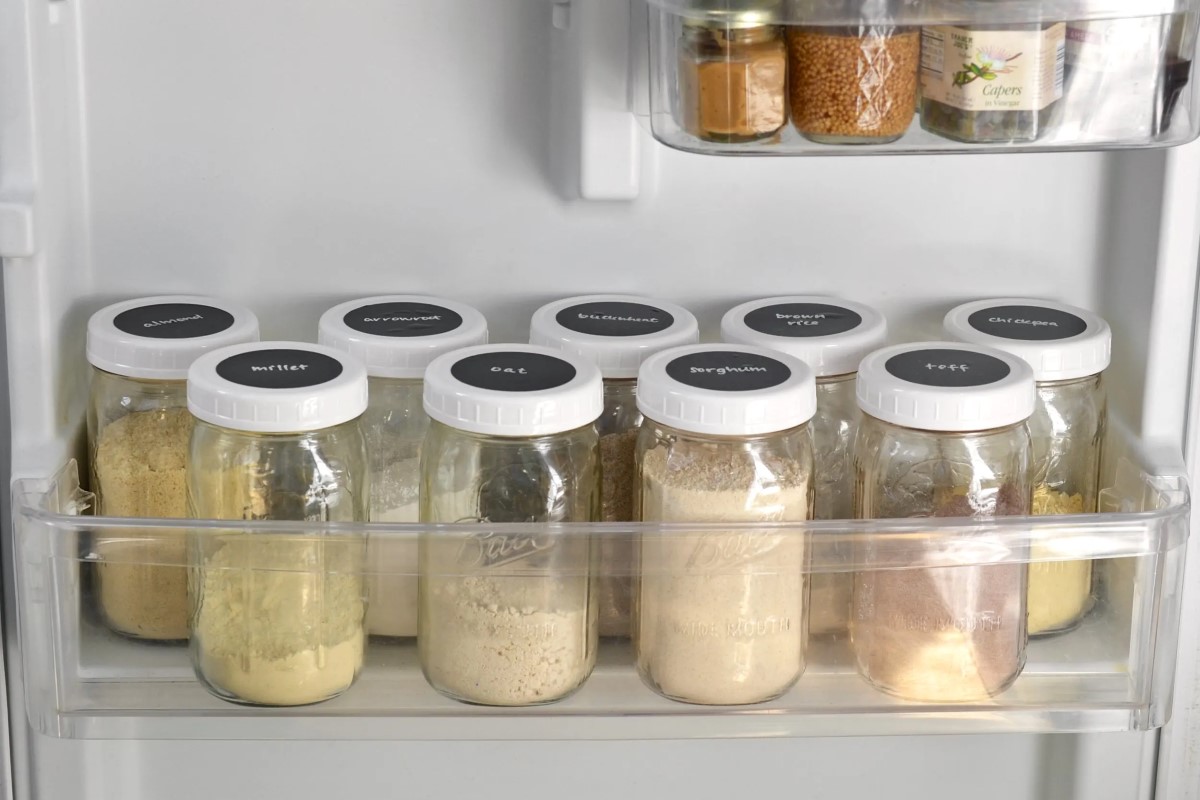

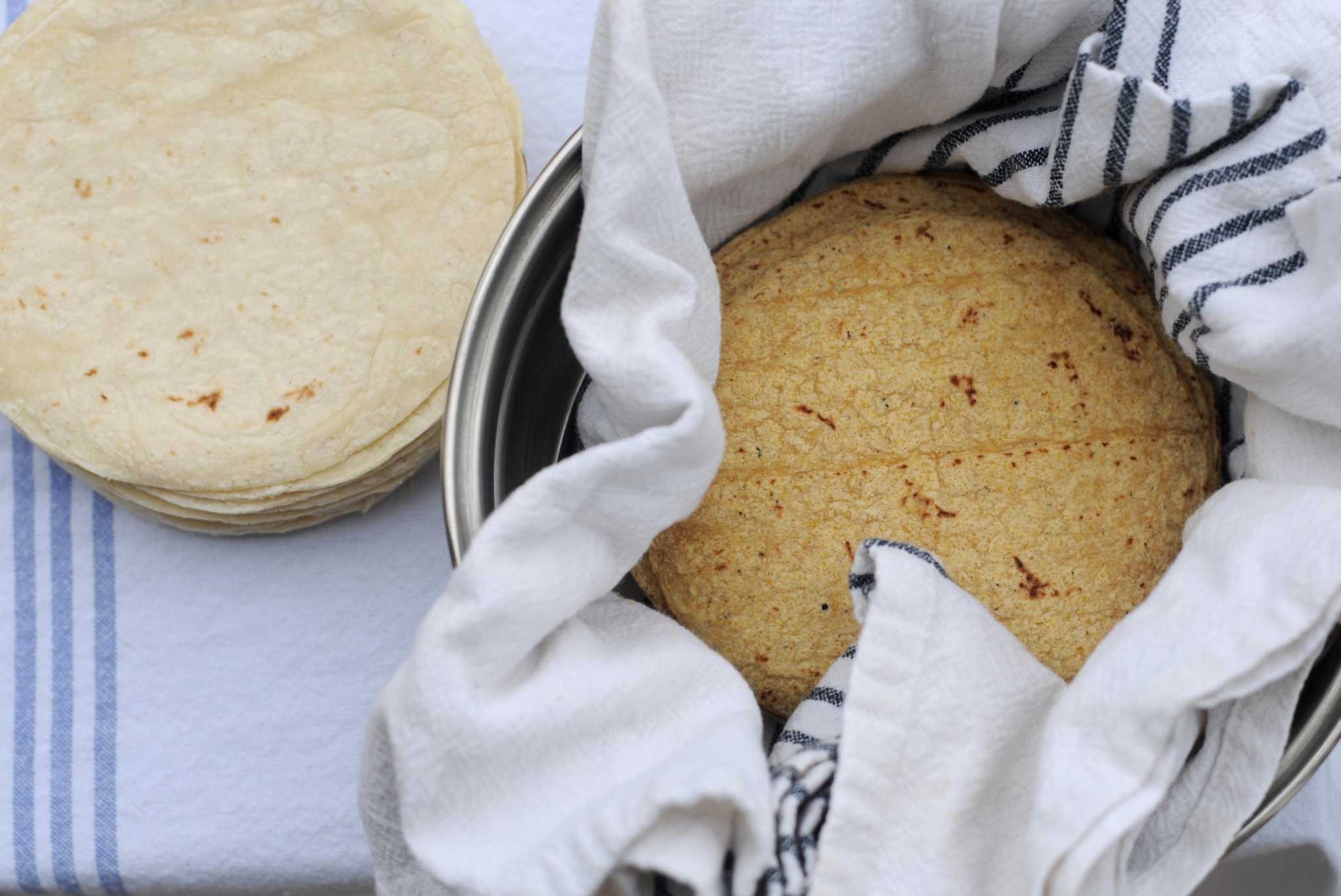
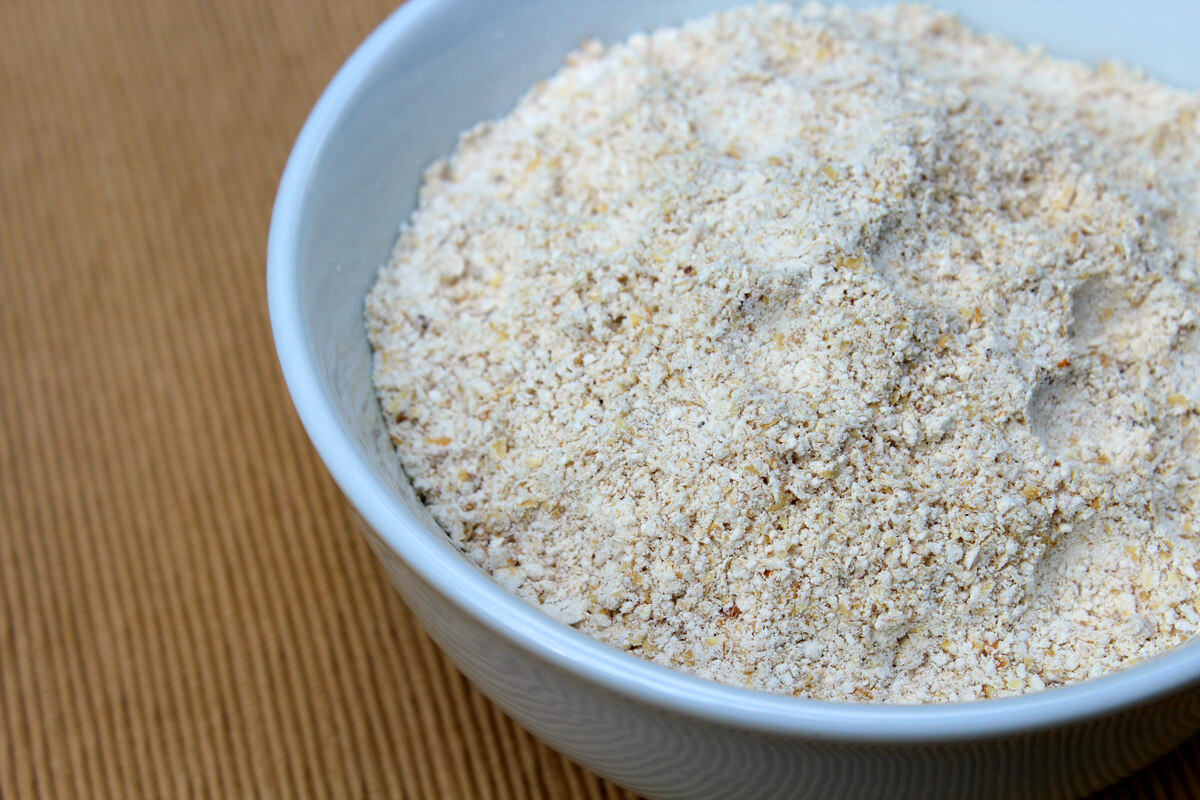
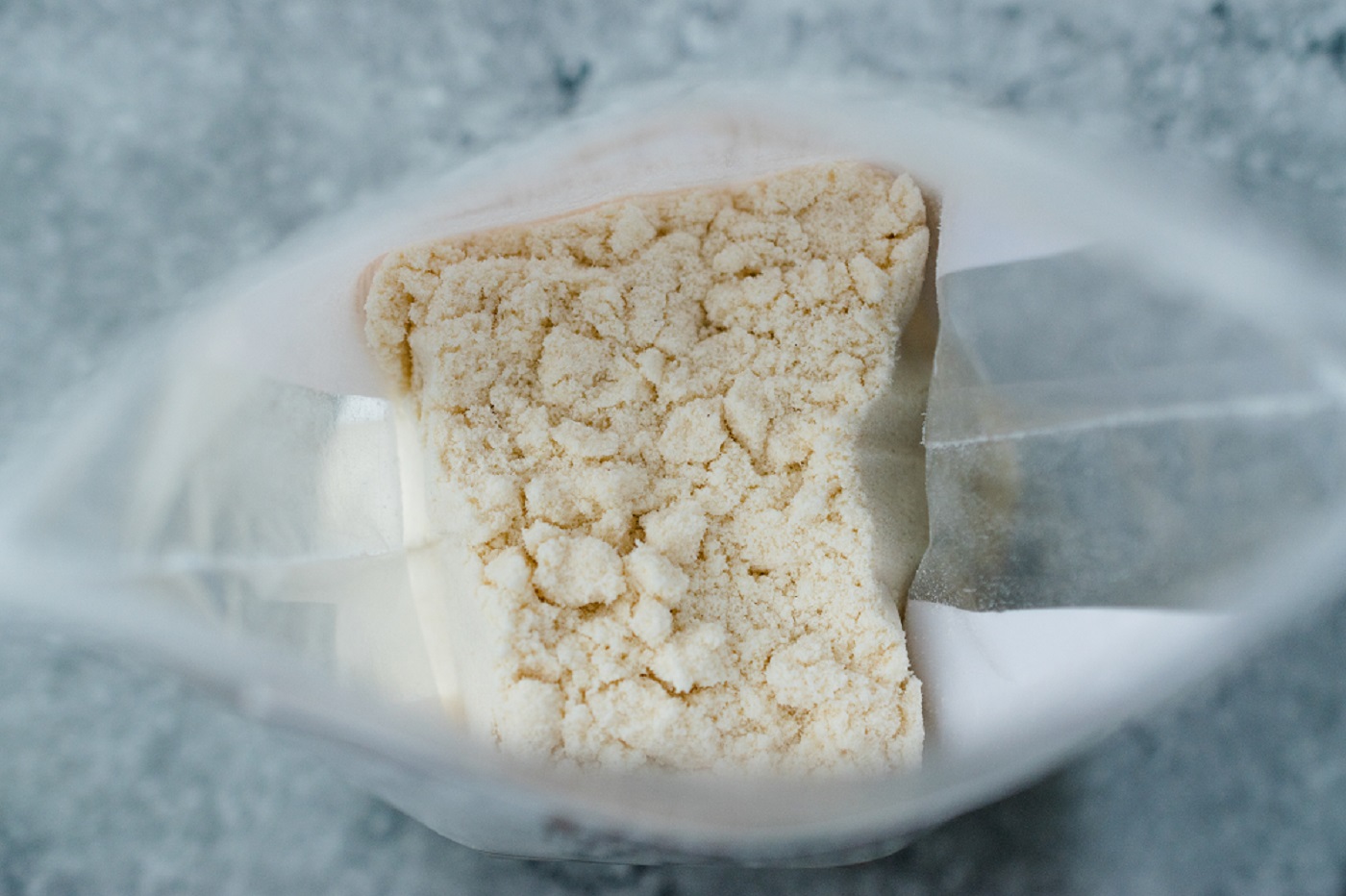
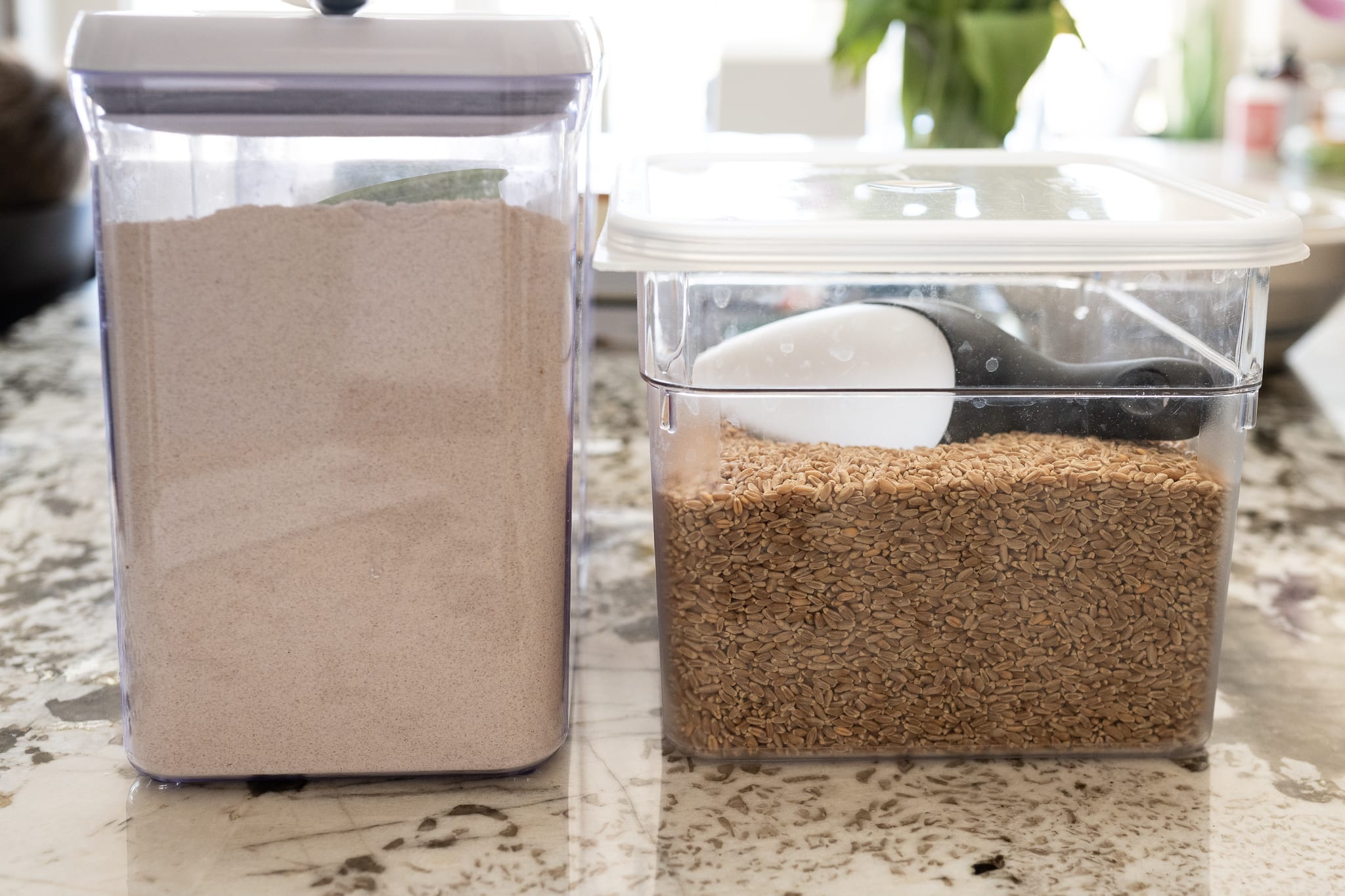
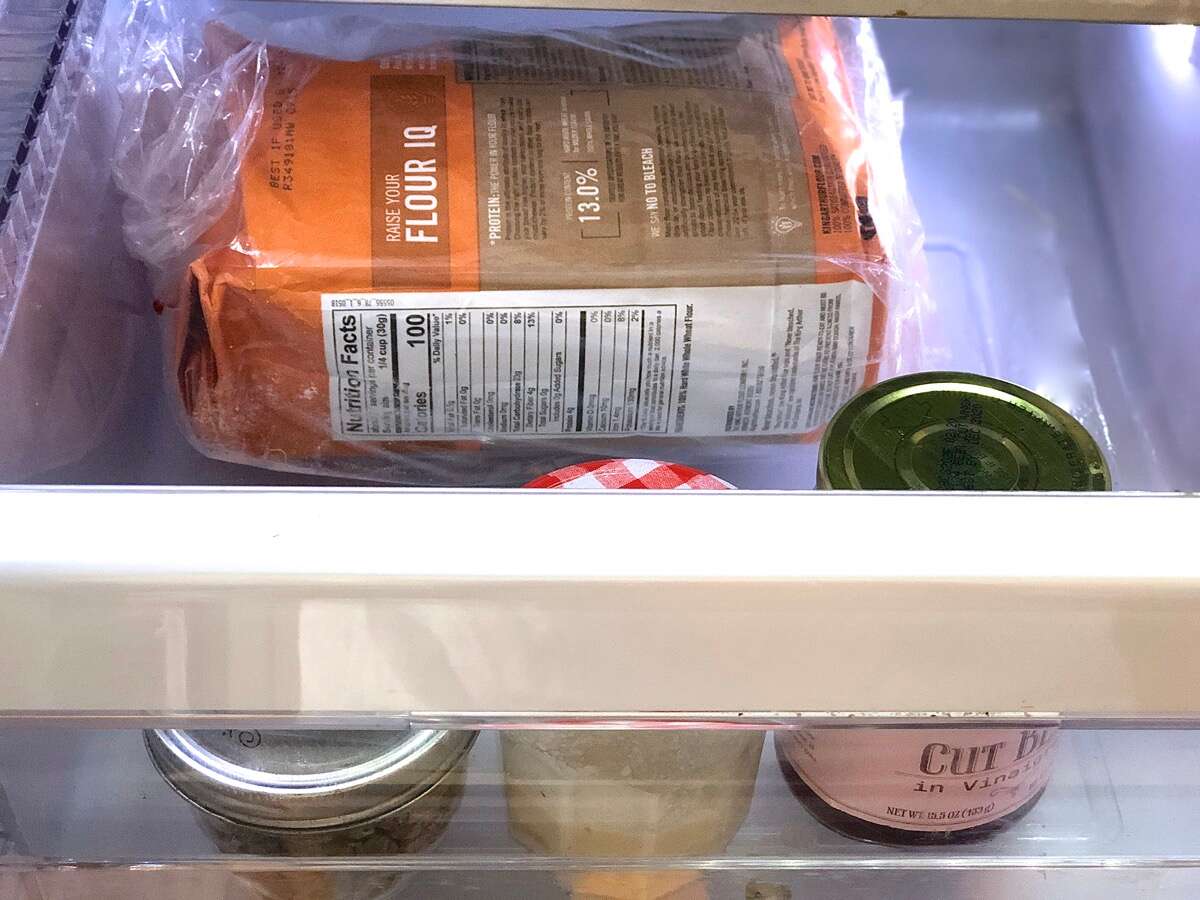
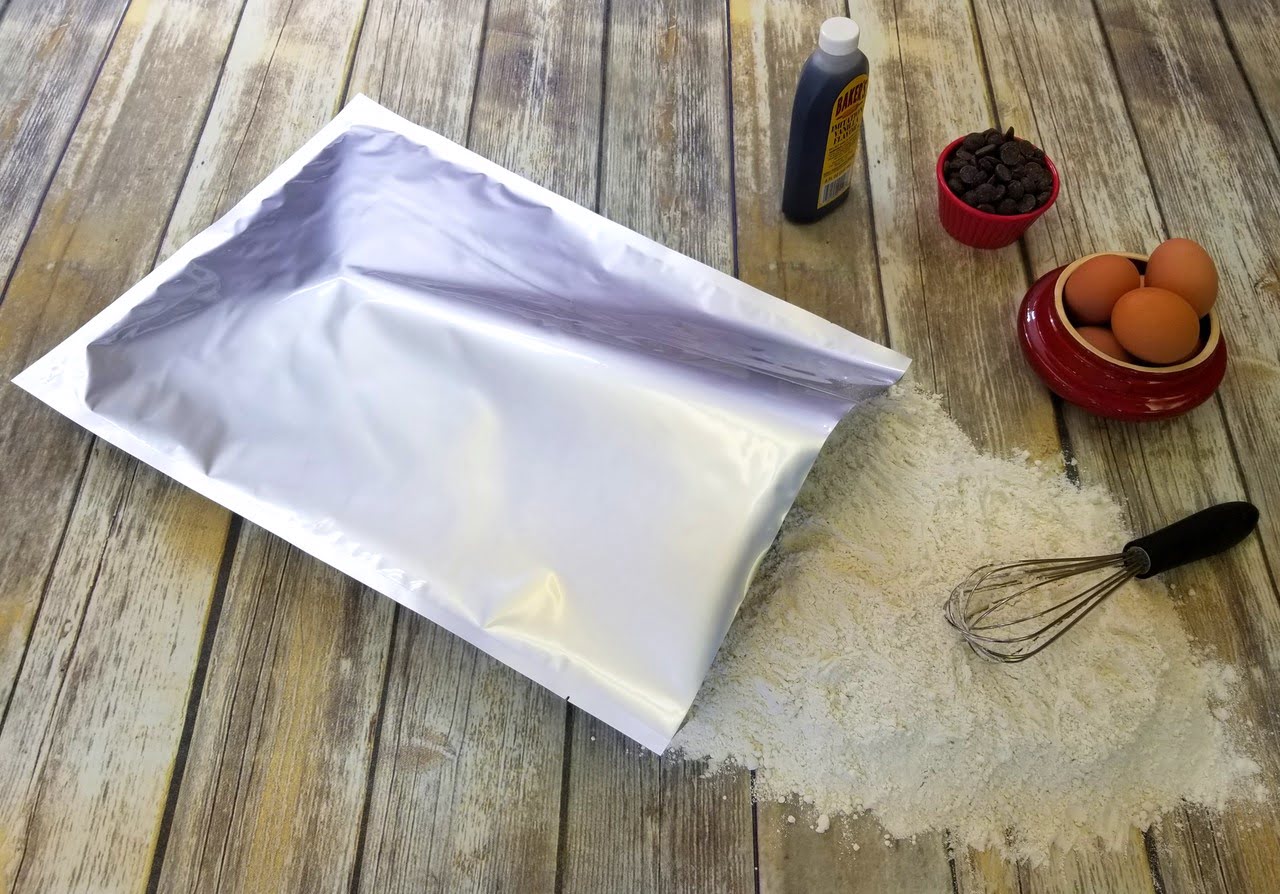
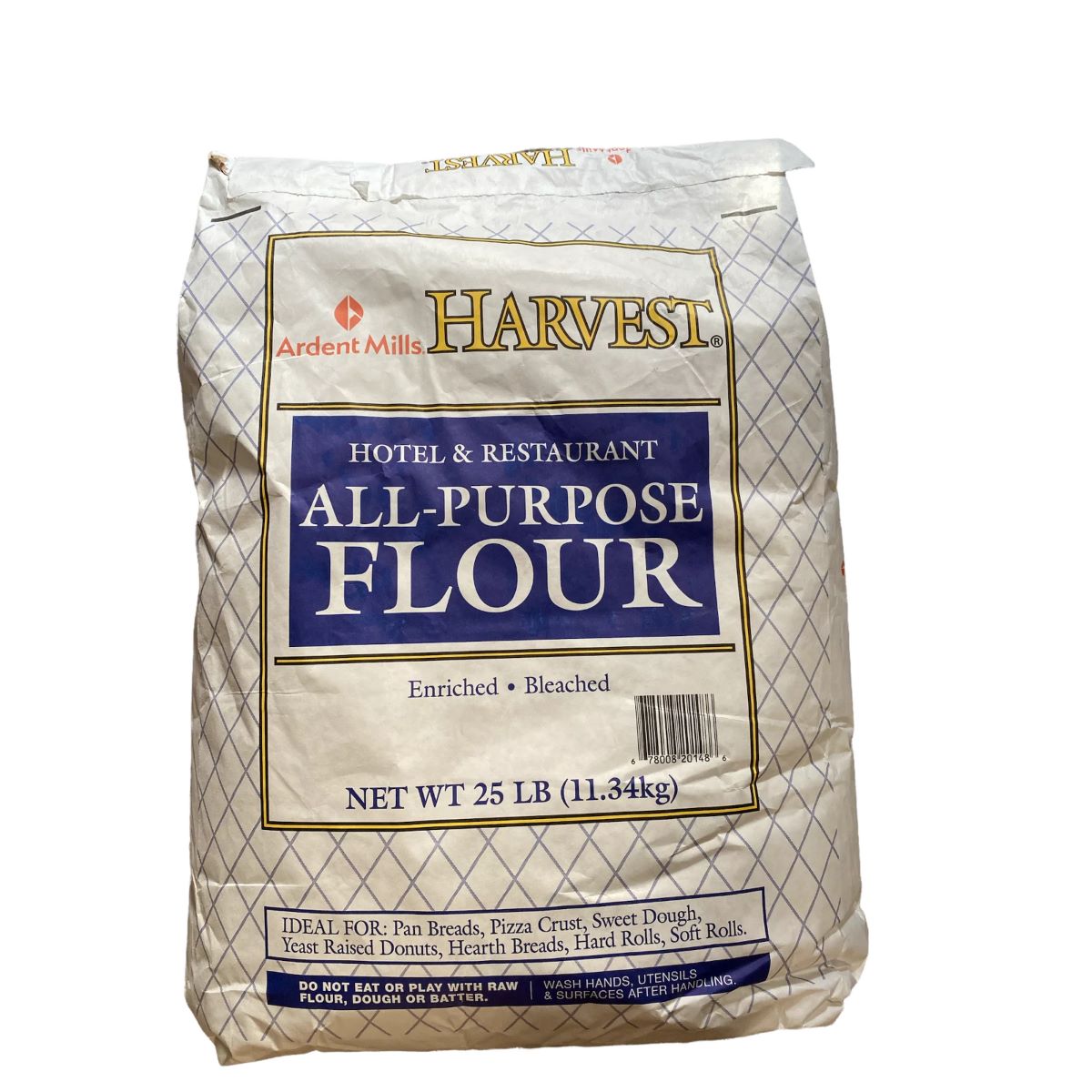
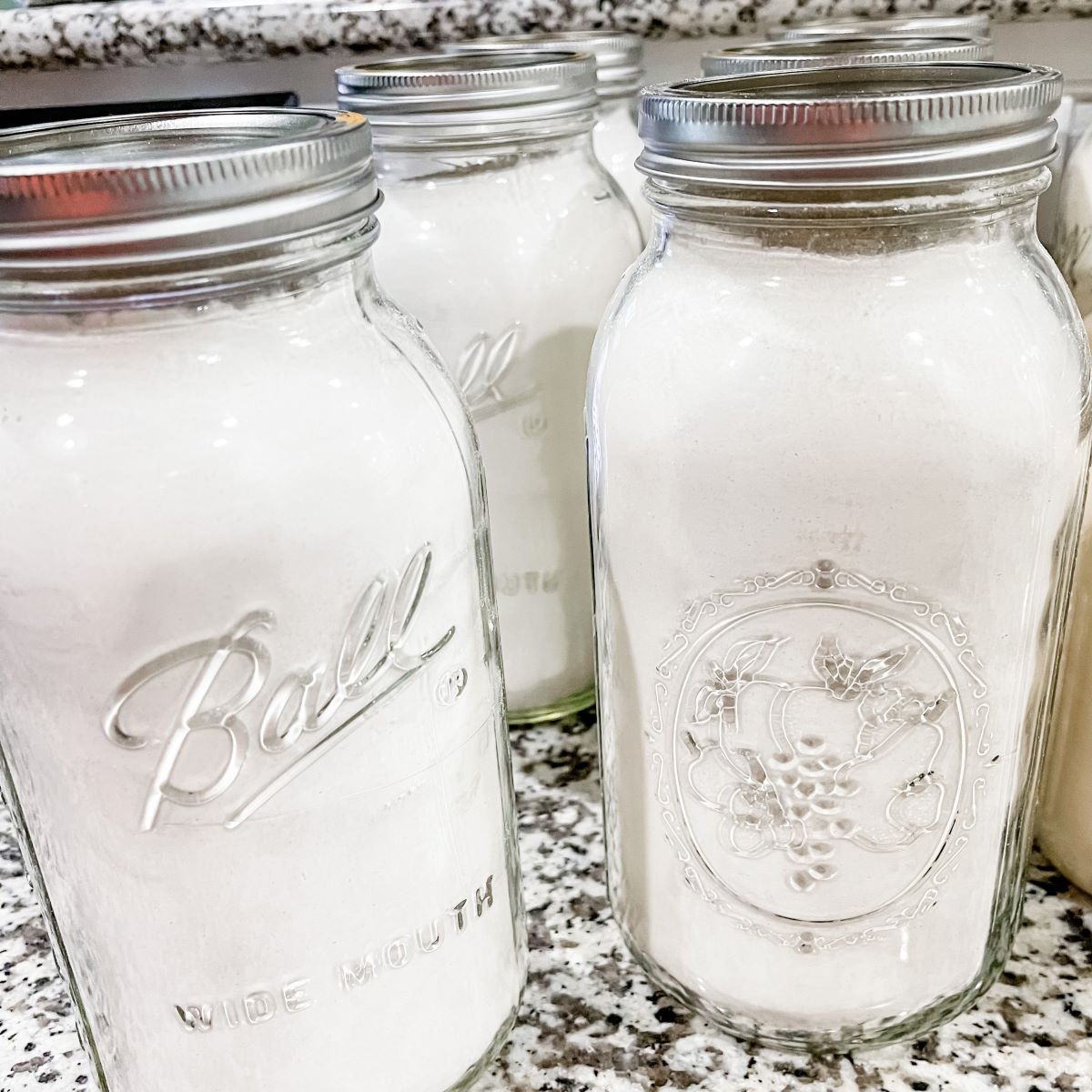
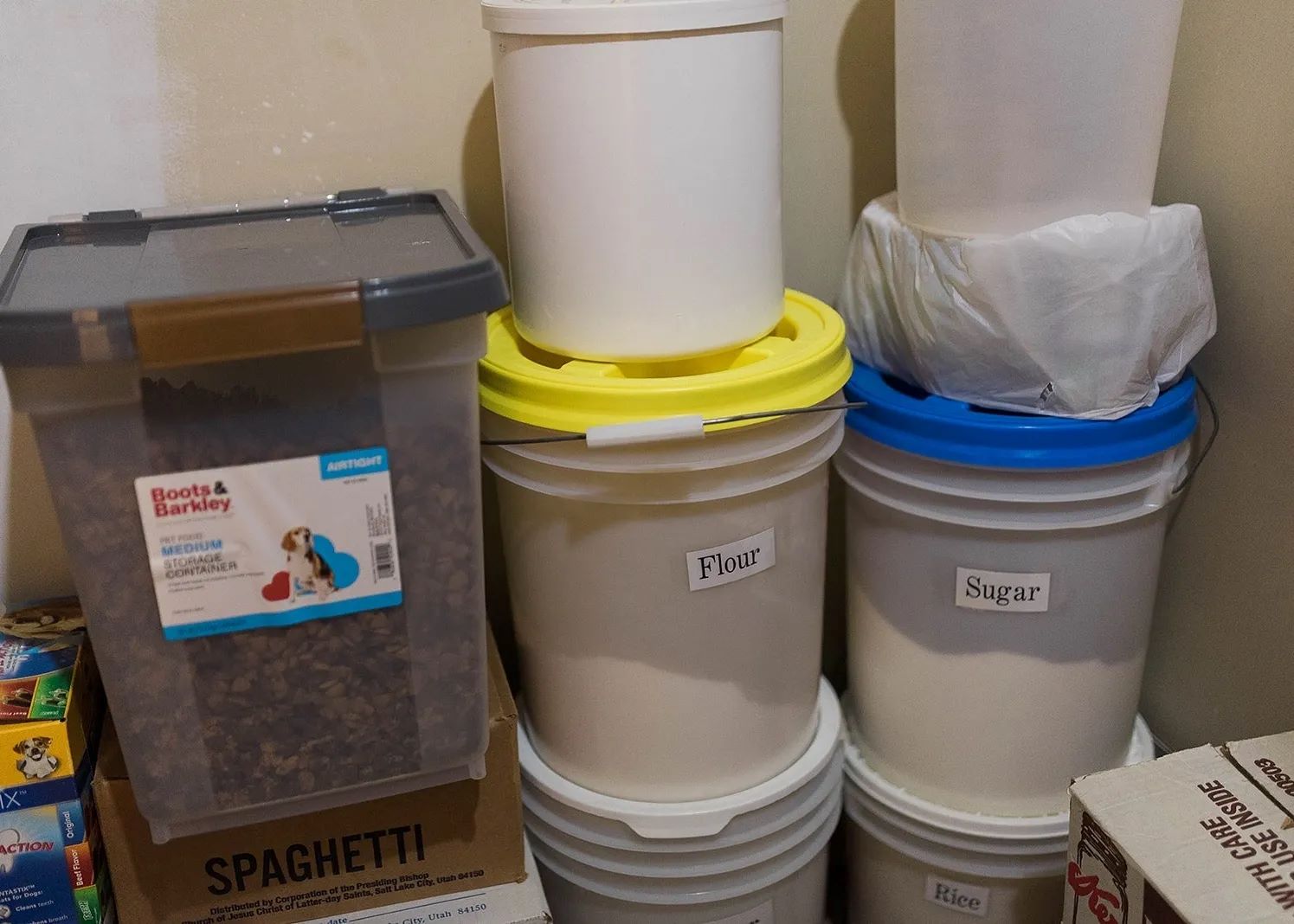
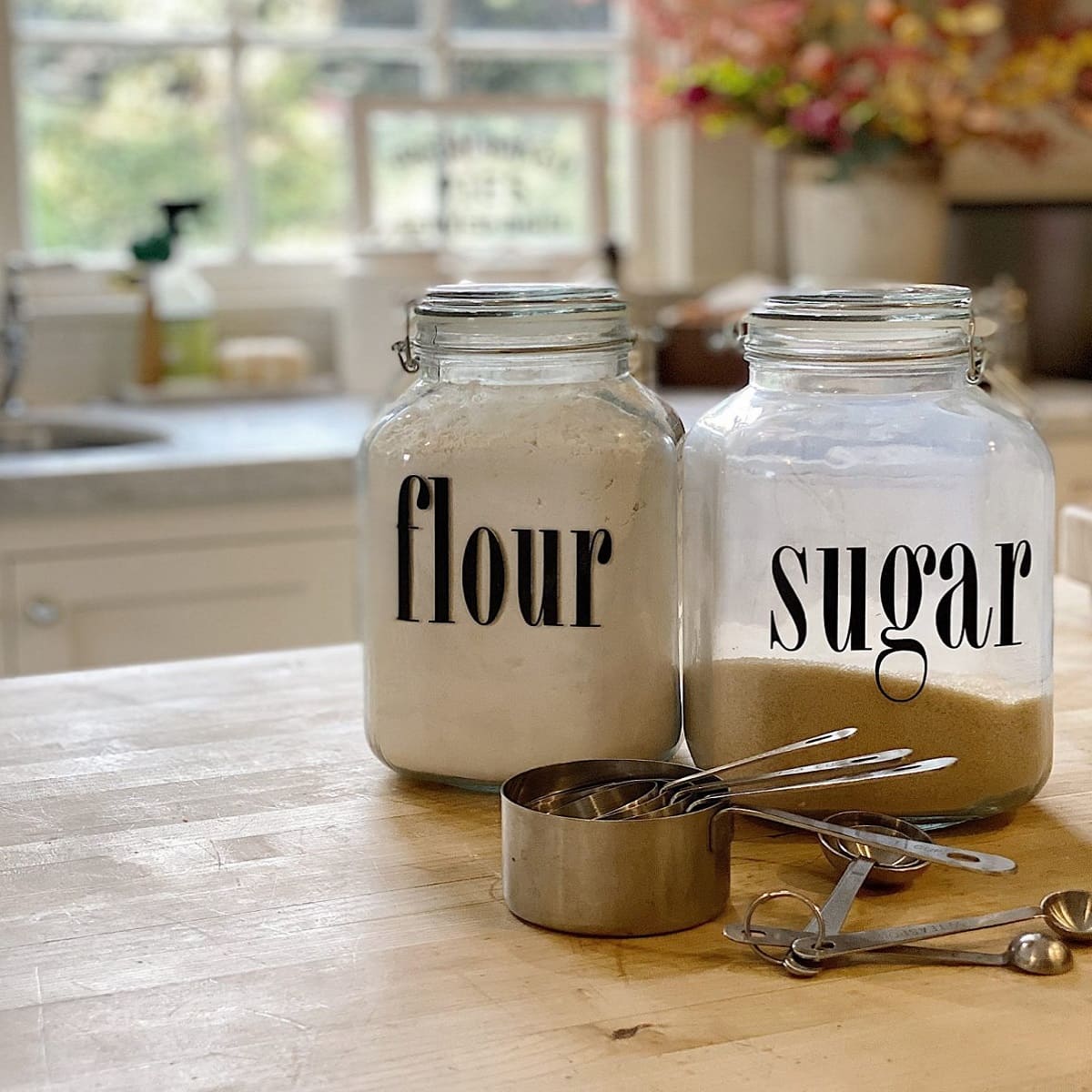
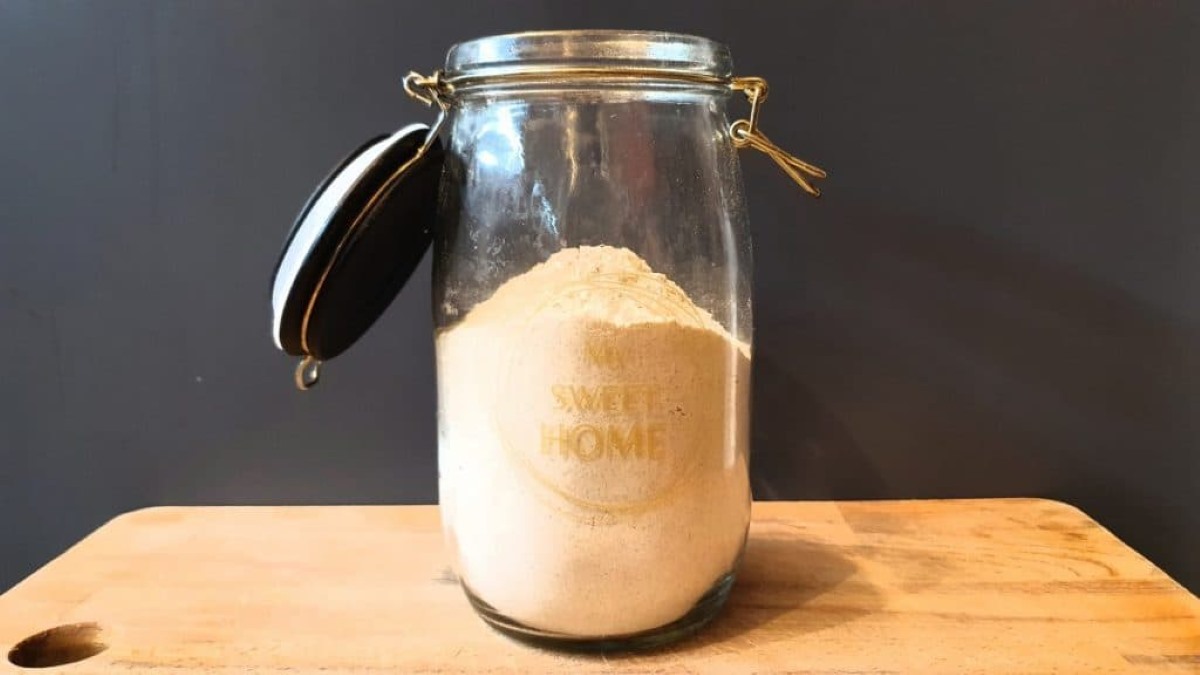

0 thoughts on “How To Store Gluten Free Flour”